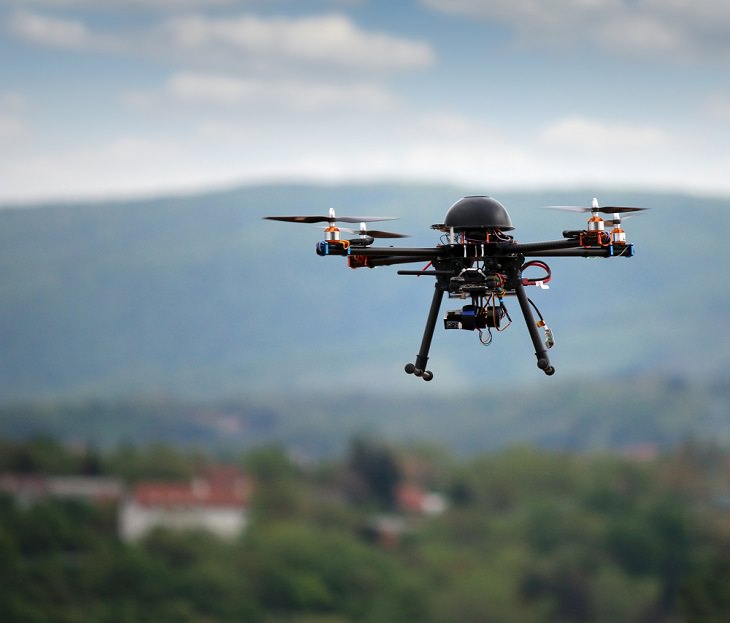People getting lost in the woods isn’t an uncommon occurrence. Many outdoor enthusiasts prefer camping and hiking in the forests these days and due to some unfortunate blunder are often left floundering and lost there.
In fact, every year, thousands of people lose their way in forests and mountain areas. When rescuing people lost in the woods, though, time becomes the most crucial element. Otherwise, they run the risk of being in even greater danger. The work of rescue services teams is quite challenging in that regard. Generally, rescue operations are done with helicopters where the choppers are flown over the areas the lost people might most likely be stuck. However, it’s a time-consuming process and doesn’t always result in success. In the future, though, drones might help make these search and rescue operations more efficient and quick.

A team of researchers from the Johannes Kepler University has used artificial intelligence (AI) to enhance thermal imaging camera searches of people lost in the woods. In their paper published in the journal Nature Machine Intelligence, David Schedl, Indrajit Kurmi, and Oliver Bimber explained how they used a deep learning network to the challenges of people getting lost in the woods and how well it worked.
"In the future, rescuing lost, ill, or injured persons will increasingly be carried out by autonomous drones. However, discovering humans in densely forested terrain is challenging because of occlusion, and robust detection mechanisms are required. We show that automated person detection under occlusion conditions can be notably improved by combining multi-perspective images before classification," wrote the researchers in their study.
Search and rescue to become efficient with the help of AI-enhanced drones
When rescue experts employ helicopters to fly over the area where people have been reported to be lost, they generally use binoculars along with thermal imaging cameras. Such cameras have the ability to highlight differences in body temperature of people on the ground in comparison with their surroundings, making them easier to spot. However, these cameras aren’t perfect and many a time they fail to do the work because of thick vegetation covering subsoil or when it is hot and the trees and surrounding foliage have similar temperatures.
This new development from the researchers at the Johannes Kepler University might help solve that issue. They have used a deep learning application to improve the images that are collected by drones.
What the team did was first use an AI application to process multiple images of a given area. Next, they matched it using AI to process data from various radio telescopes. This permits several telescopes to operate as a single giant telescope. In a similar fashion, the AI utility they used allowed many thermal images taken from a chopper or drone to appear almost as if they have been clicked by a single camera with a much wider and stronger lens. The processed images had a much higher depth of field and people on the ground became much more recognizable in them while the treetops were blurred.
To test the AI system, the team created its own database of pictures. Then they used volunteers on the ground in different positions and used the drones to take their pictures.
"Here, we employ image integration by airborne optical sectioning (AOS)—a synthetic aperture imaging technique that uses camera drones to capture unstructured thermal light fields—to achieve this with a precision and recall of 96% and 93%, respectively,” said the team.
This is quite impressive, especially since traditional thermal imaging achieves only about 25% precision in comparison. What’s more, the team has declared that the device is ready for use.
Find out more about how this technology will work in this video:
Since drones are inexpensive and can be swiftly deployed in large numbers, they will significantly reduce the time it takes to locate and rescue a lost person in the woods. Moreover, with the development of this new technology, we hope that these rescue operations will become much swifter, helping those in need in time.
Share this news with others!


